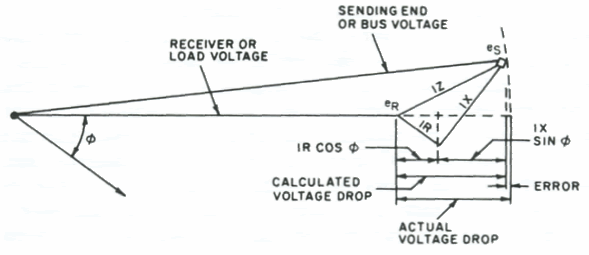Frank A
Member
- Location
- Maracaibo, Zulia, Venezuela
Hi.
I'm designing a small complex of three stores. Everything is already set up, the only thing I need is an standard Power Factor value.
Is there some IEEE or ANSI standard with typical power factor values for commercial buildings?
By the other hand, I'm about to close a deal with a contractor for the designing a four-small-apartment building. Again, is there some IEEE or ANSI standard with typical power factor values for residential buldings?
I've already found some typical values. But you know, they're from the Internet, they got no legal value to support the designs.
Any suggestions?
I'm designing a small complex of three stores. Everything is already set up, the only thing I need is an standard Power Factor value.
Is there some IEEE or ANSI standard with typical power factor values for commercial buildings?
By the other hand, I'm about to close a deal with a contractor for the designing a four-small-apartment building. Again, is there some IEEE or ANSI standard with typical power factor values for residential buldings?
I've already found some typical values. But you know, they're from the Internet, they got no legal value to support the designs.
Any suggestions?


